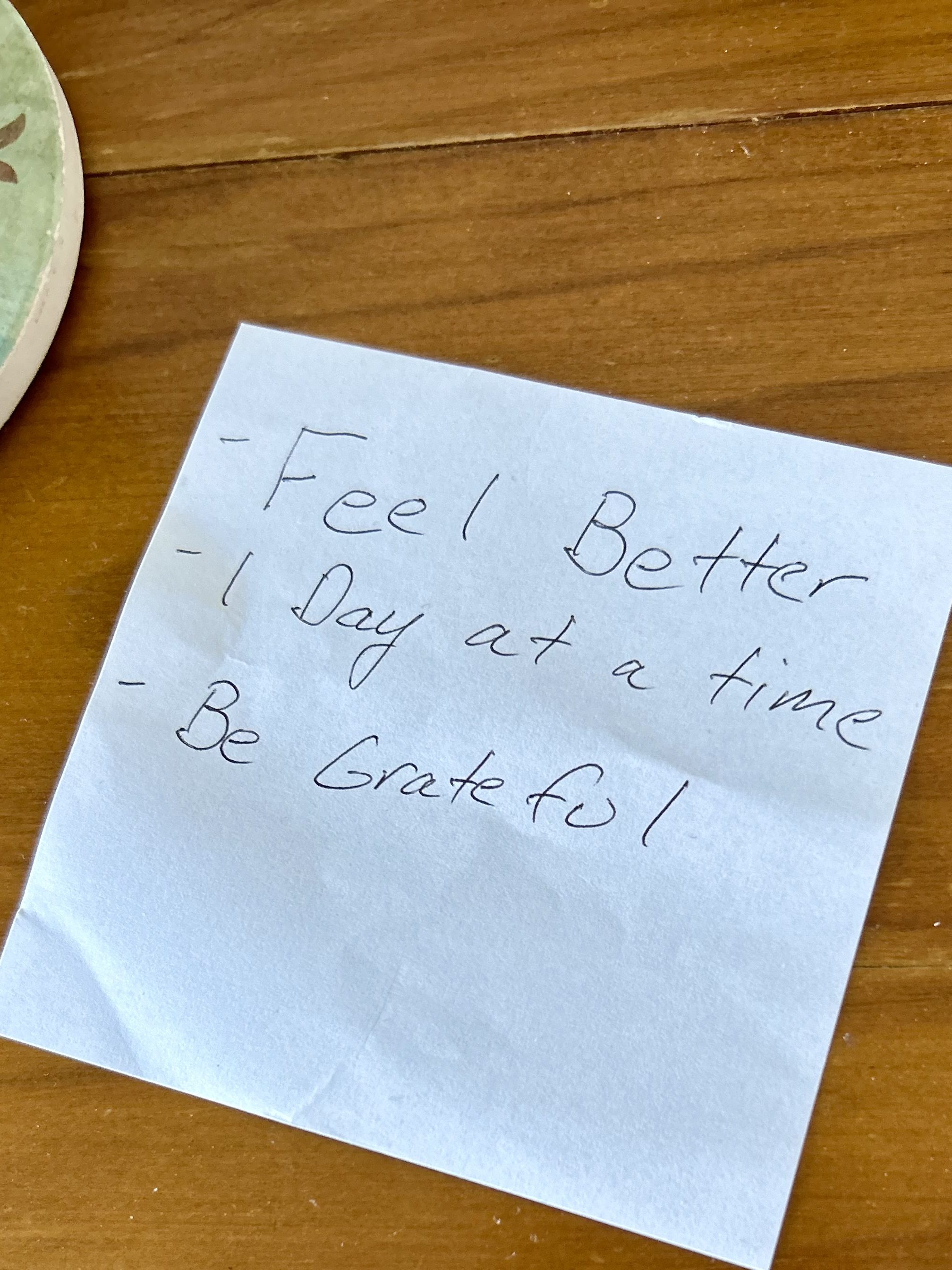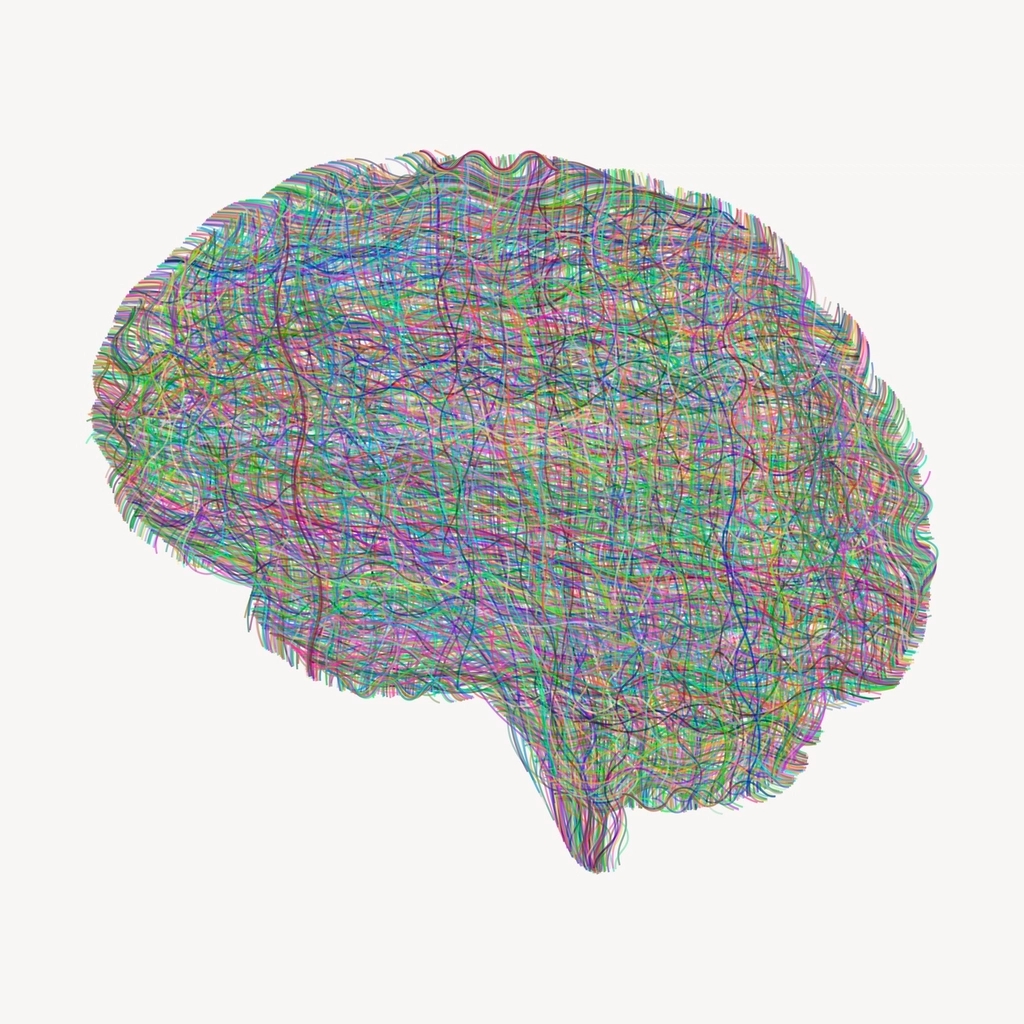Mind Over Anxiety: My Journey Begins With a Bang
Welcome to Mind Over Anxiety, a space dedicated to everyone who manages or has anxiety disorders and other disorders like generalised anxiety disorder (GAD), stress, obsessive compulsive disorder (OCD), panic disorder, excessive worrying, depression, catastrophic thoughts, suicidal ideation, insomnia, or any form of mental distress. I know how many of you feel. I am managing my way through it as I write.
If you are in crisis, please stop reading and seek help now. In Australia, call Lifeline at 13 11 14 or the national emergency line at 000. For international readers, here is a link to find helplines in your country. Do not suffer alone and please do not be isolated. These organisations are here to help all of us 24/7.
About Me
I’m a middle-aged, single dad with an amazing daughter. I’ve spent my life working in both large corporate settings and smaller companies, managing projects and people. I have lived and worked on three continents, always taking my job seriously, sometimes to my detriment. I’ve managed generalized anxiety disorder (GAD) for over 25 years, primarily through medications, selective serotonin reuptake inhibitors (SSNRI), exercise, and a bit of therapy. I had no previous experience with a major depressive disorder. A year back, I successfully weaned off my medication under my doctor’s supervision and felt great for eight months. I seemed free from significant distress and hadn’t any significant anxiety. Not even occasional anxiety. On the 4th of March, my life changed forever.

Introduction
Generalised anxiety disorder (GAD) is one of the most common mental disorders characterised by excessive and persistent worry about everyday things. It’s not just about feeling anxious occasionally; it’s a chronic condition that can significantly interfere with daily life, relationships, and work or school performance. Imagine constantly feeling on edge, unable to control your worries, and always expecting the worst. That’s what living with GAD can be like.
In the United States alone, approximately 2% of the adult population is affected by GAD, which translates to nearly 4 million adults experiencing this condition in any given year. Interestingly, women are more likely to be diagnosed with GAD than men. In my blog, we will explore the signs and symptoms of GAD, its causes and risk factors, diagnosis and assessment, and treatment options. Whether you’re personally affected or supporting someone who is, understanding GAD is the first step towards managing it effectively.
Understanding Generalised Anxiety Disorder
Generalised anxiety disorder is more than just feeling anxious from time to time. It’s a mental health that produces a constant state of fear, worry, and a feeling of being overwhelmed. People with GAD experience excessive, persistent, and often unrealistic worry about everyday things, such as job responsibilities, health, or even mundane chores. This isn’t just a fleeting concern; it’s a chronic condition that can affect both children and adults who can both be affected by mental health conditions.
GAD is one of several anxiety disorders, and it often coexists with other psychiatric conditions like depression, substance abuse, or other anxiety disorders. This makes it a complex condition that can interfere with daily life, relationships, and work or school performance. Understanding GAD is crucial because it helps in recognising the signs and seeking appropriate help. It’s a journey that many people, including myself, navigate daily, and knowing you’re not alone can make a significant difference.
Signs and Symptoms of Anxiety Disorders
The hallmark of generalised anxiety disorder is excessive and persistent worry about everyday things. This isn’t just a case of feeling nervous before a big event; it’s a constant feeling of anxiety or dread that interferes with how you live your life. People with GAD often struggle to control their worries or feelings of nervousness, and they usually recognise that their level of worry is disproportionate to the situation.
The symptoms of GAD mental health disorders can fluctuate over time and are often exacerbated during periods of stress. These physical symptoms can be just as debilitating as the psychological ones, making it essential to address both aspects when seeking treatment.
Generalised Anxiety Disorder Symptoms
physical symptoms
- muscle tension (I have it in my shoulders now), a rapid heartbeat, sweating, trembling or shaking, shortness of breath, nausea or abdominal discomfort, irritable bowel syndrome, headaches, muscle aches, fatigue, difficulty concentrating, irritability, and sleep disturbances
mental symptoms
- excessive worry, restlessness, irritability, fatigue, shortness of breath, heart palpitations, and difficulty concentrating
Causes and Risk Factors
The exact cause of generalised anxiety disorder remains a mystery, but researchers believe it’s a complex interplay of genetic, biological, and environmental factors. If you have a first-degree biological relative, such as a sibling or parent, with GAD, you’re more likely to develop the condition yourself. This suggests a genetic component, but it’s not the whole story.
Several areas of the brain and biological processes are involved in fear and anxiety, indicating that biological factors also play a significant role. Environmental factors, such as traumatic events, stressful life situations, and a family history of anxiety disorders, can further increase the risk. Personality traits like perfectionism or low self-esteem may also contribute to the development of GAD. Understanding these causes and risk factors can help in identifying and managing the condition more effectively.
Diagnosis
Diagnosing generalised anxiety disorder involves a thorough evaluation by healthcare providers and mental health professionals. They use the criteria outlined in the Diagnostic and Statistical Manual of Mental Disorders (DSM) to make a diagnosis. According to the DSM, the key criteria include excessive and persistent worry about everyday things, difficulty controlling worries or feelings of nervousness, and experiencing three or more of the following symptoms for at least six months: rapid heartbeat, sweating, trembling or shaking, shortness of breath, nausea or abdominal discomfort, headaches, fatigue, difficulty concentrating, irritability, and sleep disturbances.
Assessment
A healthcare provider will also perform a physical exam and may order tests to rule out other medical conditions or substances that could be causing the symptoms. This comprehensive approach ensures that the diagnosis is accurate and that the treatment plan is tailored to the individual’s needs. Seeking professional help is crucial, as it provides a pathway to managing and overcoming the challenges of GAD.
The Beginning of a Downward Spiral
Now, let’s get back to me. The night before March 4th, I went to a concert with a friend and had an amazing time. However, the next night, I couldn’t sleep the entire evening. My mind was a storm of negative self-talk and excessive anxiety. I was sweating profusely, and anxiety coursed through my body, leaving my chest burning.
After eight hours of torment, I dragged myself out of bed, took a cold shower, and forced myself to go to work, emergency valium in my pocket. On the drive, I felt like I was floating, barely able to focus. I look back at this now, and I am seriously glad I wasn’t in an accident. This situation is called depersonalisation, I later learned. This was the beginning of the most challenging period of my life.
For the next eight days, the pattern repeated: little to no sleep, no appetite, overwhelming, catastrophic thoughts, suicidal ideation and increasing fear. I felt like I was losing my mind. The stress was unbearable, and I worried constantly about my job, my daughter, and my future as a functioning human being.
Desperate, I turned to my company’s Employee Assistance Program (EAP) at 2 am three nights later. This was my first step in reaching out for help. I was wild with anxiety and there was a deep burning sensation in my chest as I reached for the phone.
Employee Assistance Programs (EAPs)
If you have a job that allows you access to an EAP, use it. These programs provide free and confidential services, including counselling and support for personal and work-related challenges. They can help with issues like substance abuse, emotional distress, job-related stress, and family problems. My EAP connected me with a psychologist named Hank who introduced me to a grounding technique called the 5,4,3,2,1 exercise. I use this amongst other stress management techniques I have learned.
Grounding is about bringing yourself to the present moment. It creates space from your anxiety symptoms and excessive worry. Grounding allows you to refocus and escape from a negative thought spiral. It helped me calm myself and speak more effectively to the mental health professional. The session only lasted 30 minutes, but Hank could now get to some of my bigger issues by addressing trauma from my early childhood. The first 8 years of our life are crucial in providing the groundwork for how we think about life. Severe anxiety disorder can stem from trauma in early childhood and a mental health provider will often ask you about this.

Finding the right psychologist
Therapy can be incredibly beneficial if you find the right person to treat anxiety. My first psychologist, Hank, was a very direct Dutchman who helped me delve into my childhood and unresolved issues. While he wasn’t a fan of medication, his guidance was invaluable. He told me in 30 minutes what I hadn’t considered over a lifetime. It exposed me to some of the reasons I may have anxiety. Exposure to my Dad who was a Vietnam vet with PTSD was challenging. He was constantly short of patience. The man either was silent or screamed when things didn’t flow.
Hank came through my EAP. After being forced to quit my job a month later, I lost access to Hank and had to find new therapists. I now had to do it with the added pressure of not having a job. With absolute honesty, it became more of a relief in my initial state. I need this time to focus on my health.
someone.health
In Australia, I discovered Someone.health, a service that offers online psychological support. They have access to hundreds of psychologists. With a doctor’s referral, you can have the first two appointments bulk-billed through Medicare and pay $40 per session thereafter. This flexibility allowed me to find a new psychologist quickly. Seeing a psychologist face-to-face in Australia can be difficult. The mental healthcare demand outweighs the supply. If you have a mental health condition you may already know this. This service makes it quick, easy and affordable. You can also do the referral through a general practitioner on their website. So no need to get one from a GP first. This alone can help reduce anxiety symptoms in finding someone qualified to speak with.
You still need to find the right psychologist that suits you. That can take some trial and error. I have given 3 sessions with someone to decide. Also, make sure you know what you want from the sessions. Think about it before and tell them when you get started. That can make things go much smoother than two people guessing. If you know you have major depression symptoms or psychiatric disorders tell them up front. This will begin the navigation to healthier thinking patterns.
Remember that psychologists do not prescribe medication. You must entrust that to your GP or a psychiatrist.

General Practitioners (GPs)
General practitioners are crucial in managing mental health. After a week of severe anxiety, no appetite and insomnia, I saw my GP, who had been helping me for over a decade. He prescribed anti anxiety medications that had worked for me in the past, along with a separate medication to help me sleep.
Your doctor may sometimes seem impersonal due to their heavy workload. They are essential for referrals and ongoing care. If you feel your GP isn’t the right fit, don’t hesitate to seek another or push yours for more support. They are the catalyst for everything you may need. Do your own research, bring it with you and ask them for more. I brought in ideas on doing multiple blood tests and an MRI so we could rule some things out. He listened and we found out much more through these.
It can be challenging to get fast appointments with your doctor. Mine is booked out for two weeks at a time often. Here is my hack. To get a timely appointment with your GP, call the office as soon as it opens to grab any last-minute cancellations from the previous day. This has worked for me three different times and given me a same-day appointment and you don’t need to have severe symptoms, just call.
Moving Forward
This journey is ongoing, and each day brings new challenges and learning experiences. I have been hacking away at this for two and a half months. Through this blog, I hope to share my story, offer practical advice, and create a supportive community for anyone struggling with mental health issues. Remember, you’re not alone. I have met more people with mental challenges than ever before. It’s partially due to meeting so many of these good people that I write this about now.
Hang with me for more insights and tips as I continue navigating past the meltdown. Two and a half months have brought me a long way, with many thoughts and ideas.

